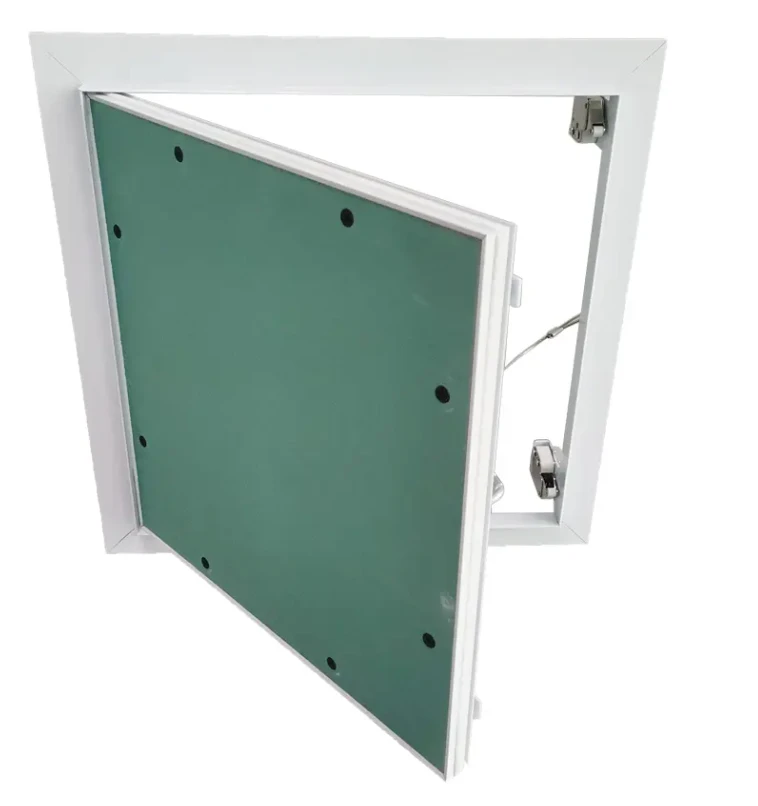- Afrikaans
- Albanian
- Amharic
- Arabic
- Armenian
- Azerbaijani
- Basque
- Belarusian
- Bengali
- Bosnian
- Bulgarian
- Catalan
- Cebuano
- Corsican
- Croatian
- Czech
- Danish
- Dutch
- English
- Esperanto
- Estonian
- French
- German
- Greek
- Hindi
- Indonesian
- irish
- Italian
- Japanese
- Korean
- Lao
- Malay
- Myanmar
- Norwegian
- Norwegian
- Polish
- Portuguese
- Romanian
- Russian
- Serbian
- Spanish
- Swedish
- Thai
- Turkish
- Ukrainian
- Uzbek
- Vietnamese
Říj . 21, 2024 17:31 Back to list
Gypsum Board Ceiling Access Panel Installation and Design Guidelines
Understanding Gypsum Board Ceiling Access Panel Details
In modern construction and interior design, the use of gypsum board for ceilings has become increasingly popular due to its versatility, aesthetic appeal, and functionality. One critical aspect of implementing gypsum board ceilings is incorporating access panels that provide access to the spaces behind the ceiling, such as ductwork, electrical conduits, and plumbing systems. This article will explore the details surrounding gypsum board ceiling access panels, including their importance, types, installation, and maintenance.
Importance of Access Panels
Access panels serve a vital role in maintaining the integrity and functionality of a gypsum board ceiling. They allow for easy access to essential systems that require occasional maintenance or inspection, such as HVAC units, electrical wiring, and plumbing. Without these panels, accessing these systems would often require destructive methods, leading to increased repair costs and project delays. Therefore, including access panels in gypsum board ceiling designs is essential to facilitate maintenance without compromising the ceiling’s structural integrity or aesthetic appeal.
Types of Gypsum Board Access Panels
Access panels come in various types and styles, allowing designers and builders to choose the most suitable option for their specific needs. Common types include
1. Flush Access Panels These panels are installed flush with the ceiling surface, providing a clean and seamless look. They are typically made of the same gypsum board material, making them nearly invisible once painted. Flush access panels are ideal for settings where aesthetics are critical, such as in residential spaces or high-end commercial facilities.
2. Drop-In Access Panels Designed to be placed into a grid ceiling system, drop-in access panels are easily removable and reusable. They are convenient for accessing above-ceiling systems while maintaining the overall look of the ceiling. This type is widely used in commercial applications, such as offices and hospitals.
3. Hinged Access Panels These panels are attached with hinges, allowing them to swing open easily. Hinged panels are beneficial in locations requiring frequent access, such as technical rooms or maintenance areas. They can be designed to be flush or recessed, depending on aesthetic requirements.
4. Soundproof Access Panels For environments where noise control is essential, soundproof access panels provide an additional layer of insulation. These panels help maintain the acoustic integrity of the space, making them suitable for recording studios and conference rooms.
Installation Considerations
When installing gypsum board ceiling access panels, several key considerations should be taken into account
gypsum board ceiling access panel detail

- Location The placement of access panels should be strategic, ensuring easy access to essential systems while minimizing visual disruption to the ceiling design. Panels should not be placed in areas where they could impede movement or access through doorways and walkways.
- Size The size of the access panel should correlate with the accessibility requirements of the systems behind the ceiling. While a larger panel may make access easier, it could also create a larger visible disruption in the ceiling design.
- Framing Proper framing is crucial for ensuring the stability of access panels. The surrounding gypsum board must be adequately supported, and the panel should fit snugly to prevent sagging or bowing.
- Finishing Once installed, the access panel should be finished to match the surrounding ceiling. This may include taping, mudding, and painting to ensure a seamless appearance.
Maintenance Tips
Maintaining gypsum board ceiling access panels is essential for prolonging their lifespan and functionality. Here are a few maintenance tips
- Regular Inspections Periodically check access panels for any signs of damage or wear. Ensure that hinges and latches are functioning correctly if applicable.
- Cleaning Keep the surface of the access panels clean and free from debris to avoid any obstruction during use.
- Prompt Repairs If any damage is identified, such as cracks in the gypsum board or malfunctioning hinges, repairs should be conducted promptly to avoid further complications.
Conclusion
Gypsum board ceiling access panels are an essential component of modern ceiling design and construction. Understanding their importance, types, installation methods, and maintenance ensures that these panels fulfill their purpose effectively while maintaining the overall aesthetic appeal of the space. By incorporating well-designed access panels, homeowners and building managers can ensure easy access to vital systems, promoting both functionality and visual harmony in their environments.
-
Transform Interiors with PVC Gypsum Ceiling: A Stylish, Durable, and Moisture-Resistant SolutionNewsMay.19,2025
-
The Smart Interior Upgrade: Discover the Durability and Versatility of Gypsum Ceiling Access Panel SolutionsNewsMay.19,2025
-
The Smart Choice for Interior Design: Discover the Value of PVC Gypsum Ceiling SolutionsNewsMay.19,2025
-
Mineral Fiber Ceiling Tiles: The Smart Blend of Performance and AestheticsNewsMay.19,2025
-
Mineral Fiber Ceiling Tiles: The Superior Choice Over Gypsum for Sound and Fire SafetyNewsMay.19,2025
-
Mineral Fiber Ceiling Tiles: Eco-Friendly Strength and Style for Every CeilingNewsMay.19,2025







